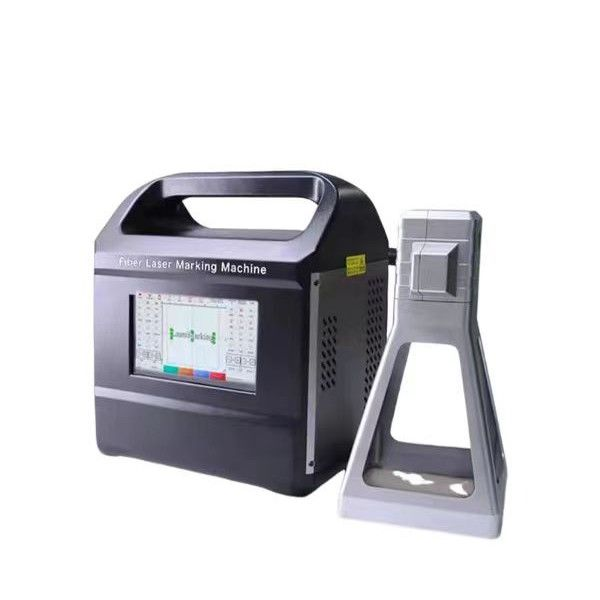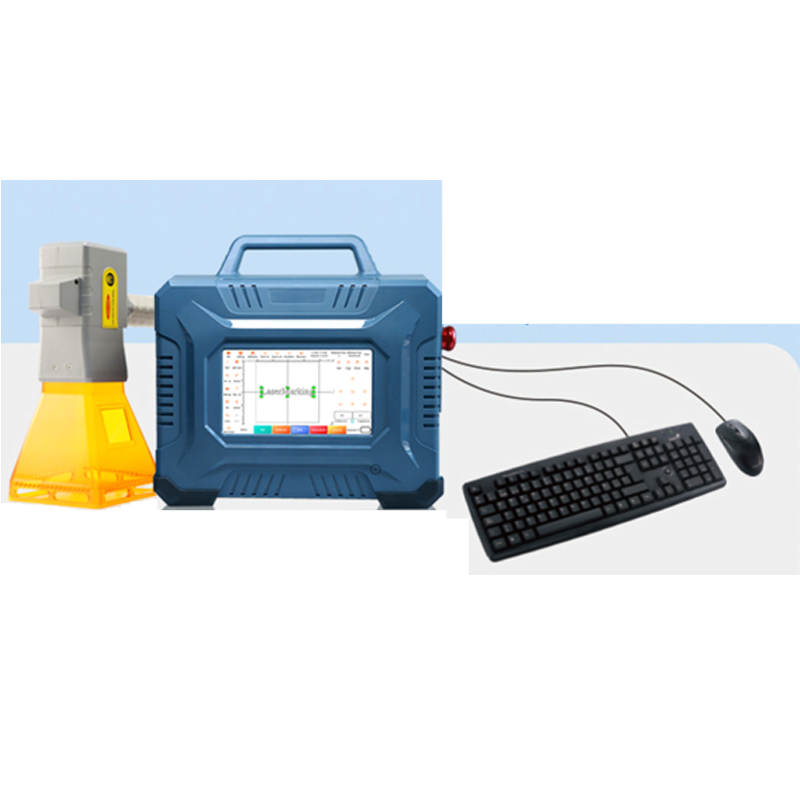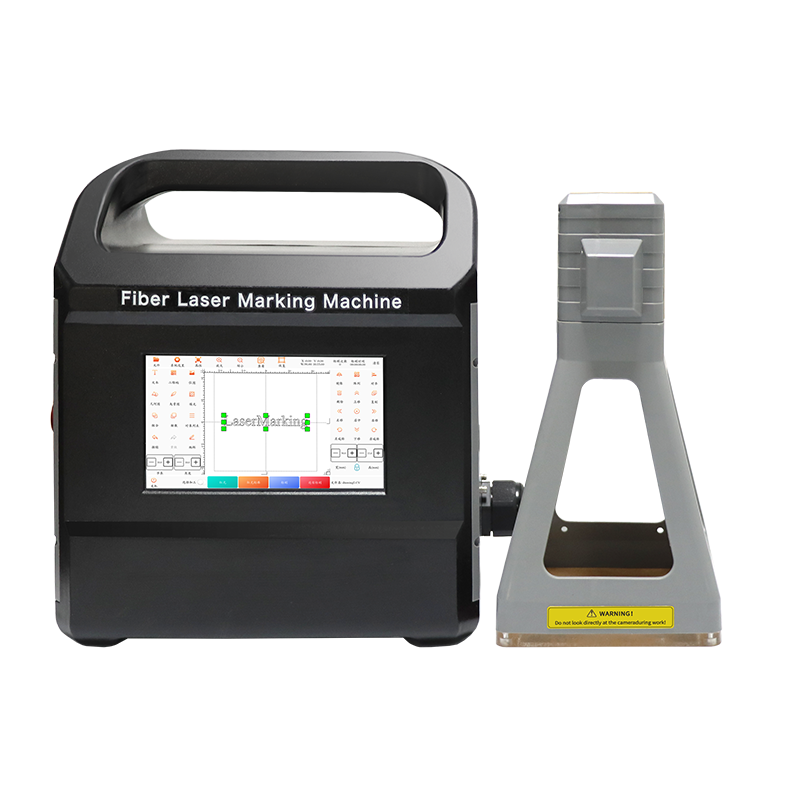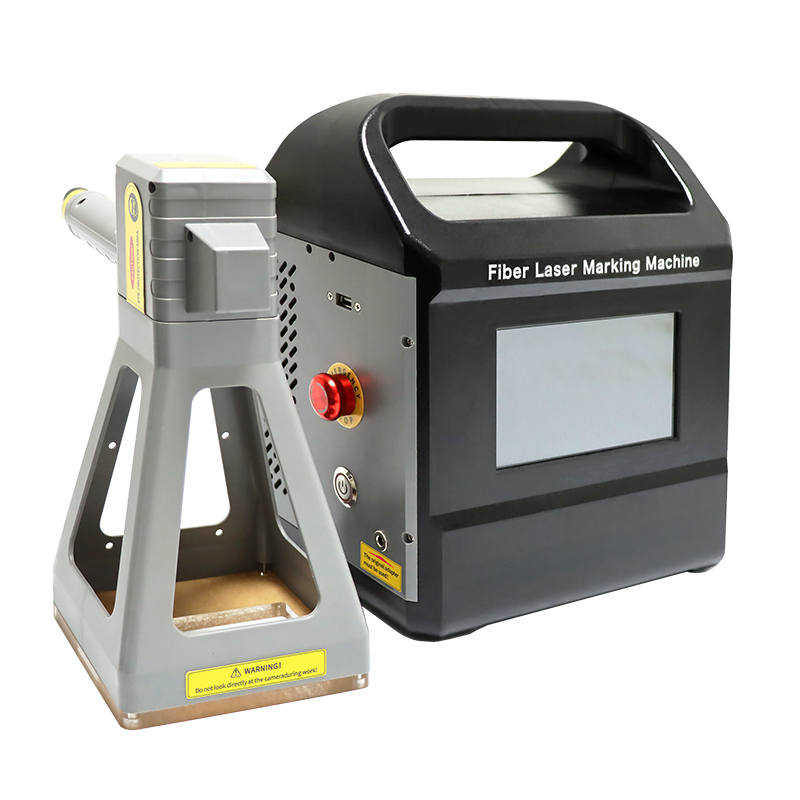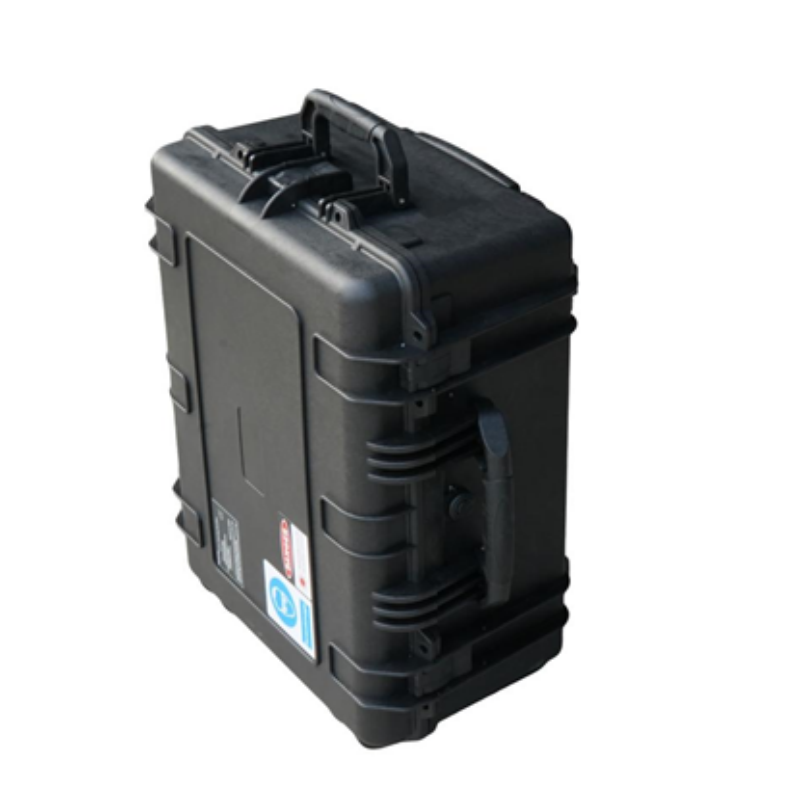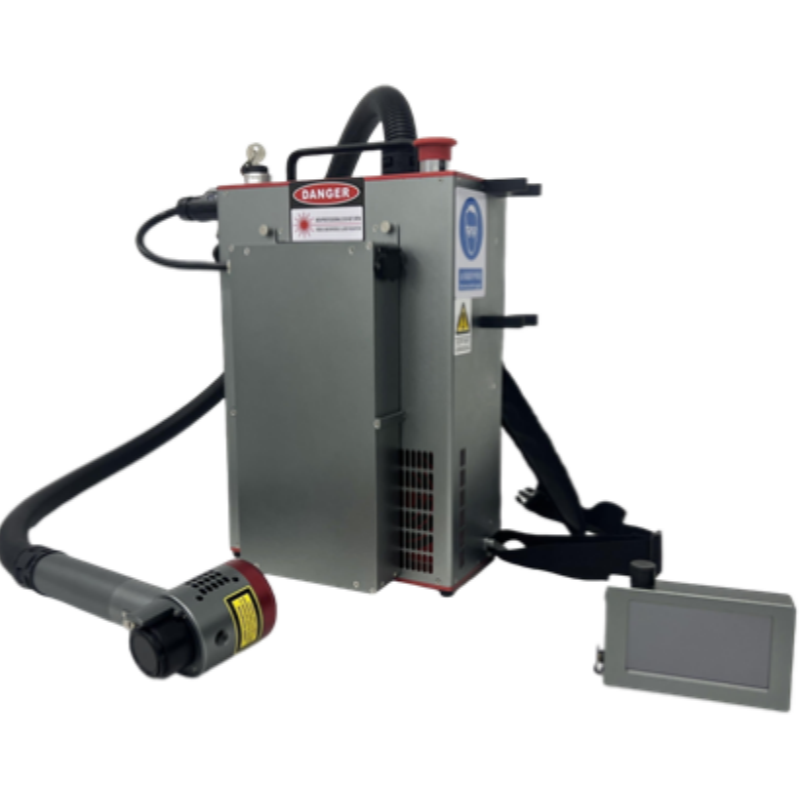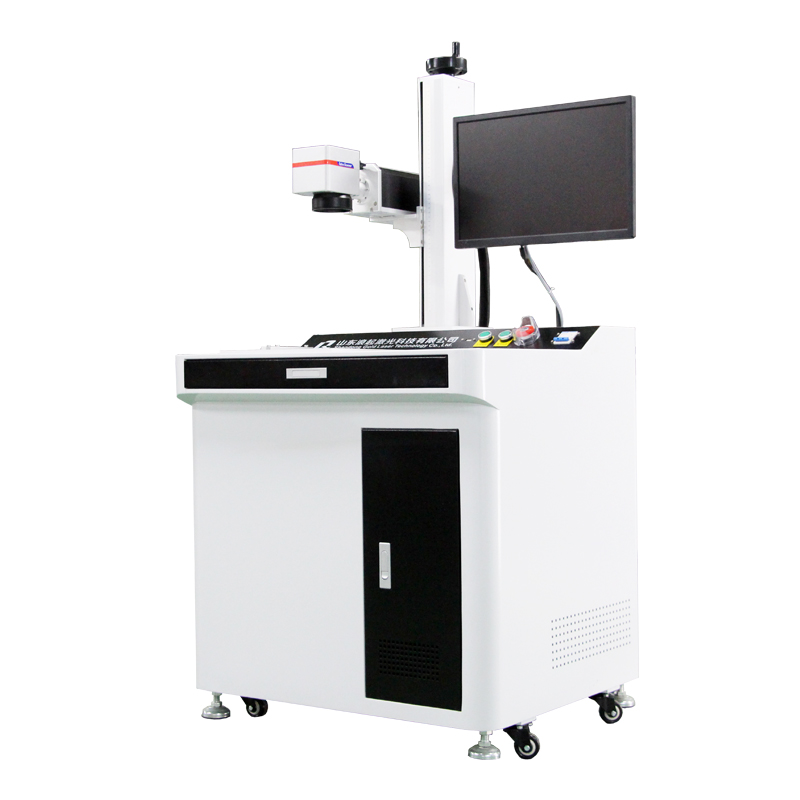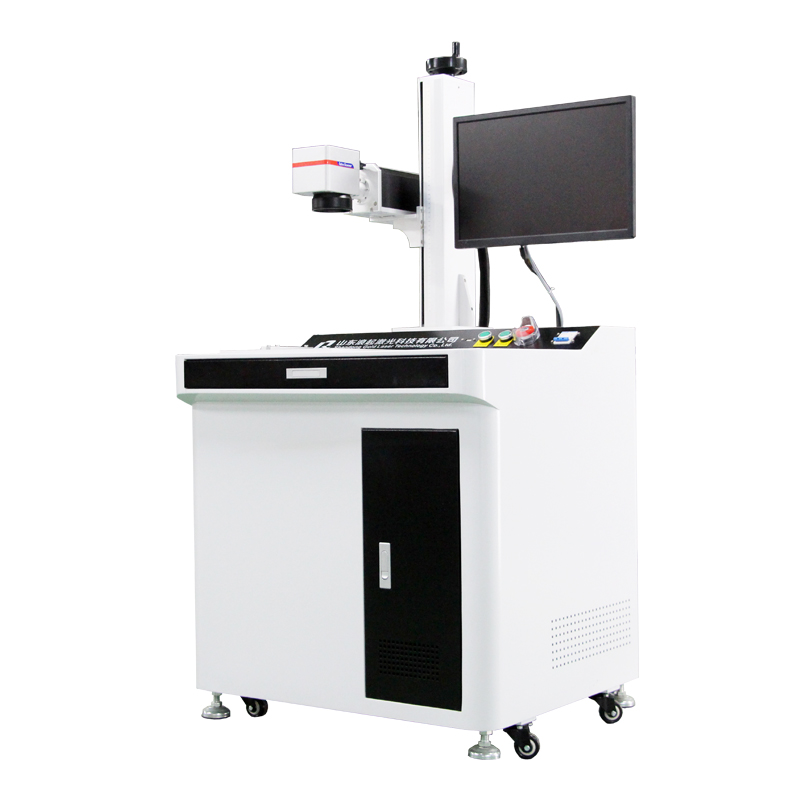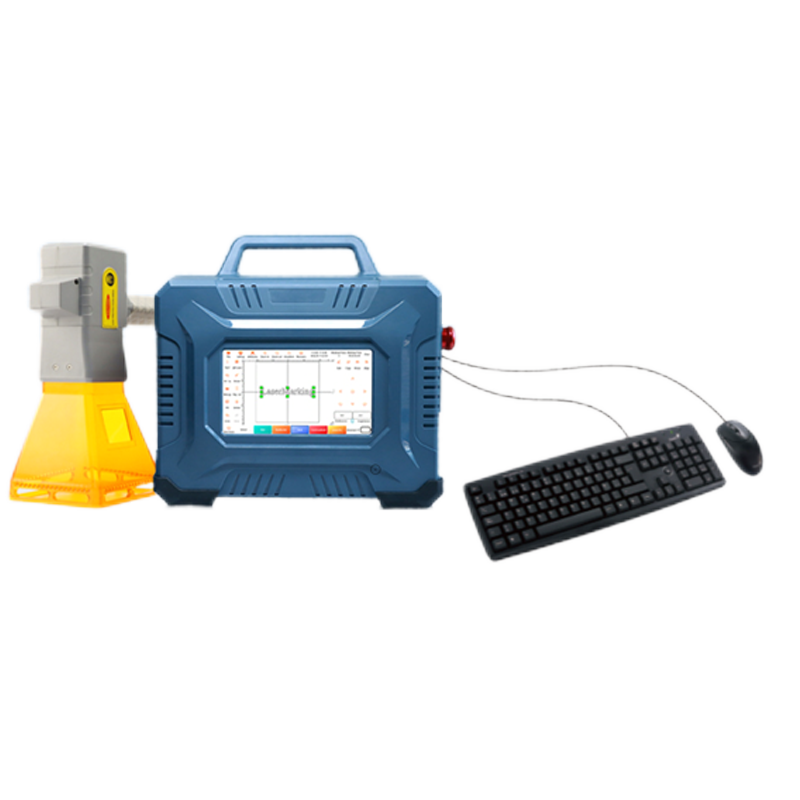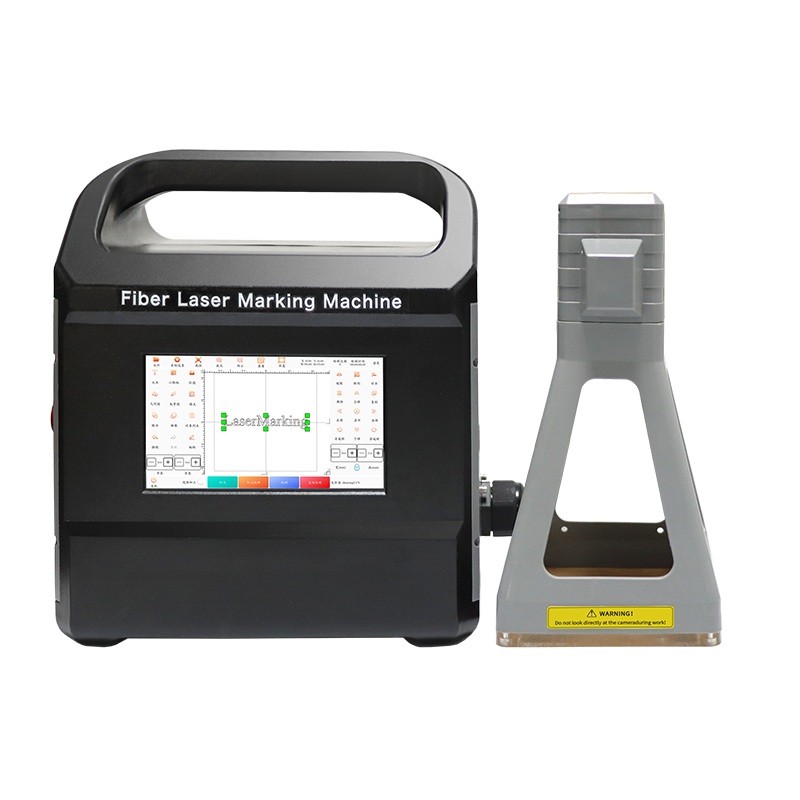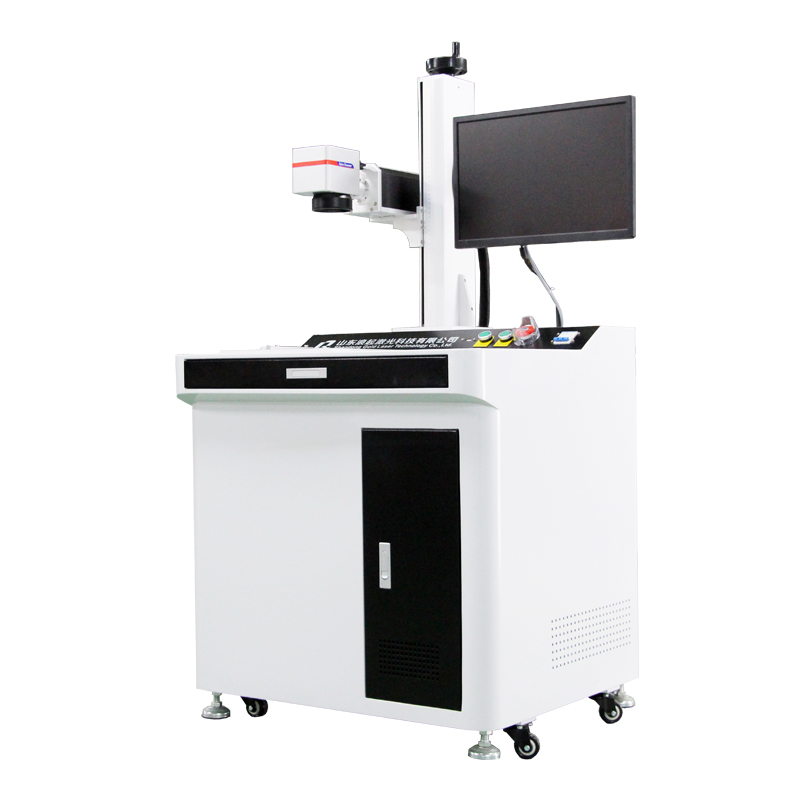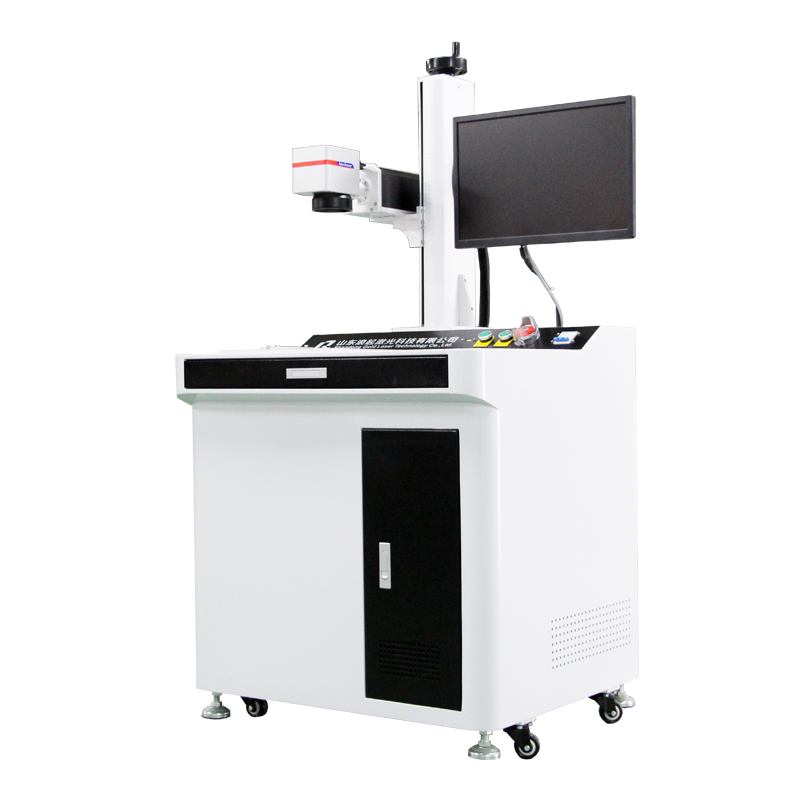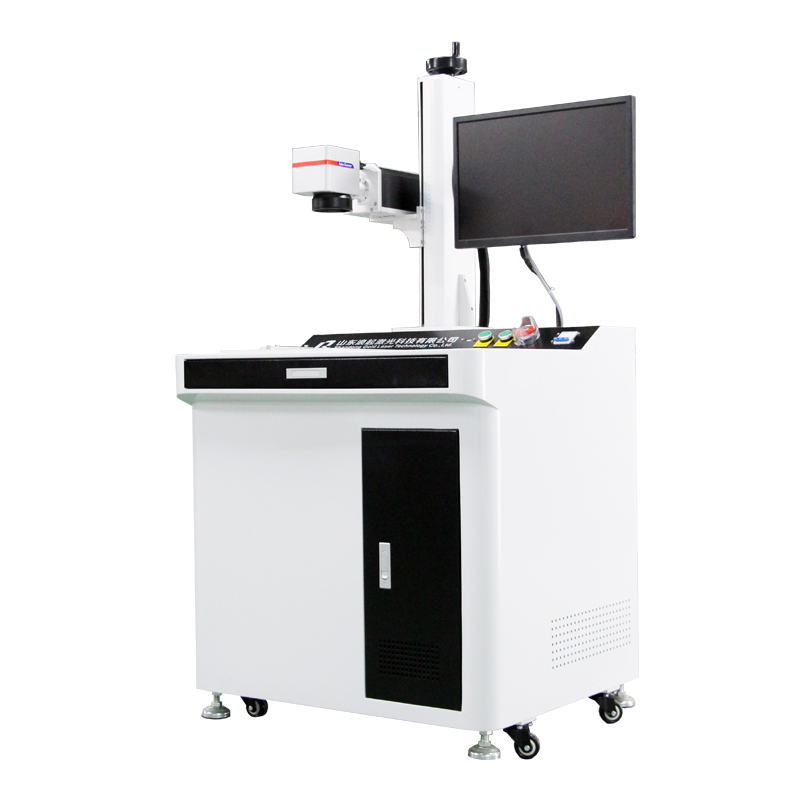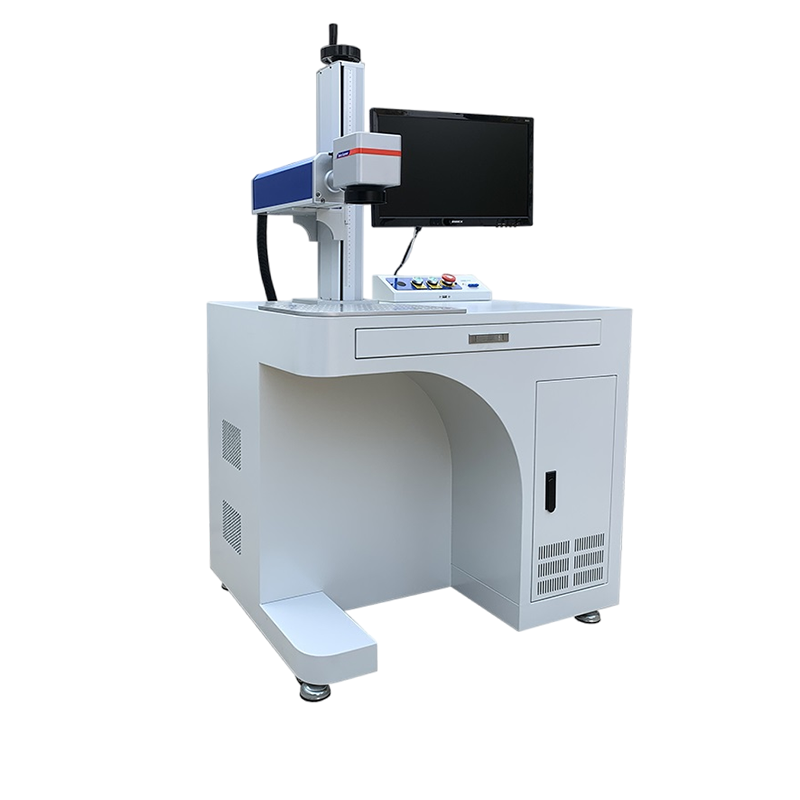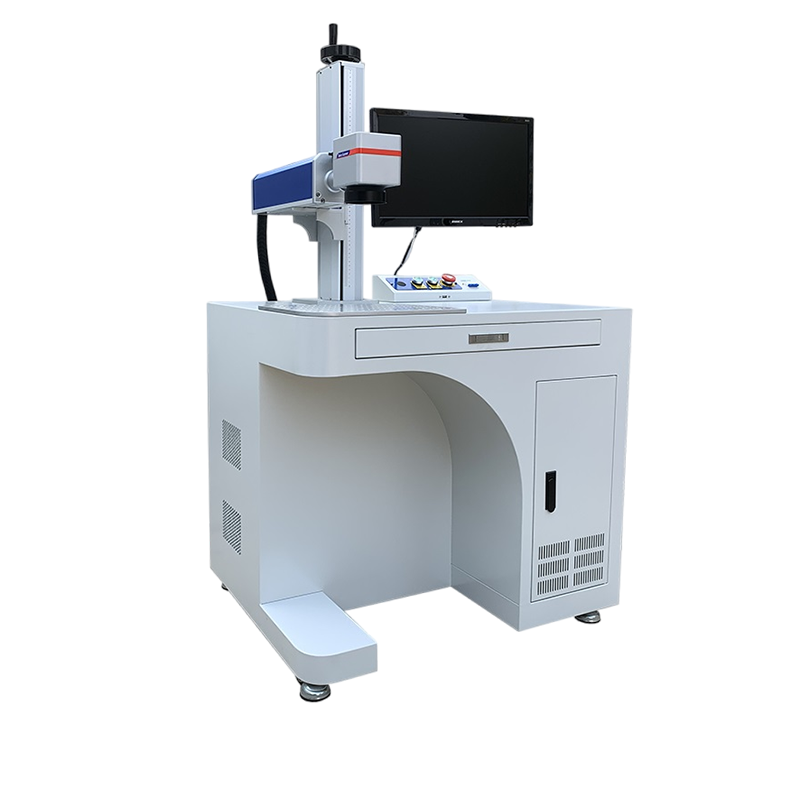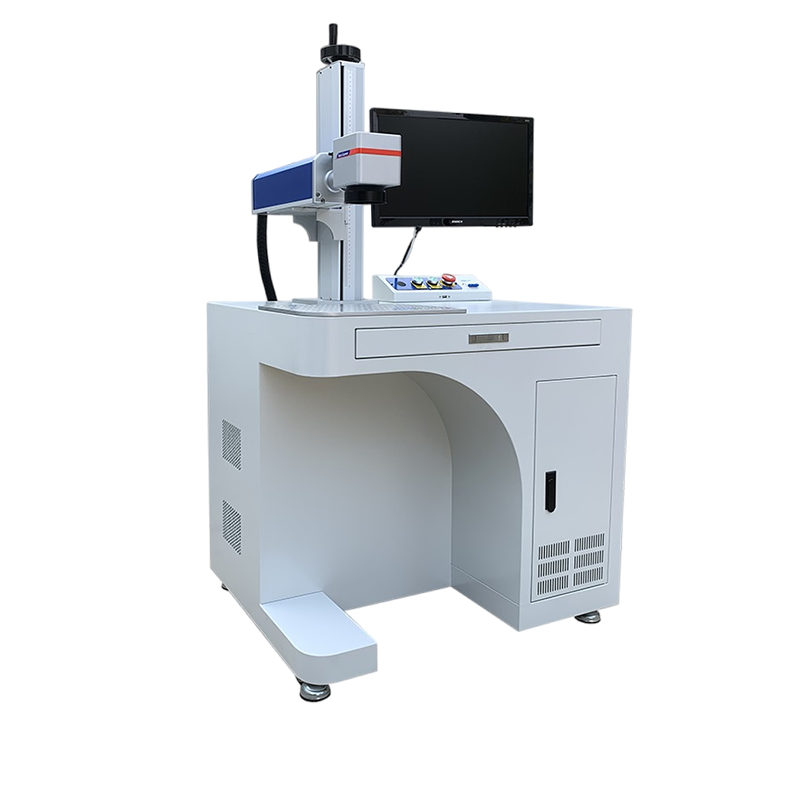A handheld fiber laser marking machine offers portability and flexibility, making it suitable for various industrial and creative applications. Here is a guide to its flexible use:

1. Versatile Applications
Metal Marking: Ideal for stainless steel, aluminum, brass, titanium, etc. (e.g., serial numbers, QR codes, logos).
Plastic & Rubber: Used for barcodes, part numbers, or branding.
Wood & Leather: Engraving designs, serial numbers, or decorative patterns.
Ceramics & Glass: Permanent markings for industrial or artistic purposes.
2. Portable & On-Site Marking
Unlike fixed machines, the handheld design allows marking on large or immovable objects (e.g., pipelines, machinery, construction materials).
Useful for field repairs, construction sites, or inventory management.
3. Adjustable Parameters for Different Materials
Power (10W-50W typically): Adjust based on material hardness.
Frequency (20kHz-80kHz): Higher frequency for finer marks on metals.
Speed & Depth: Control marking depth by adjusting speed and power.
4. Easy Operation
Touchscreen/Button Control: Some models allow quick parameter adjustments.
Preloaded Templates: Store logos, serial numbers, or barcodes for quick access.
Battery-Powered Options: Enhances mobility for outdoor use.
5. Integration with Software
USB/Bluetooth Connectivity: Transfer designs from a computer or mobile device.
Compatible with CAD/Graphic Software: Import vector files (DXF, AI, PLT) for custom engravings.
6. Safety & Maintenance Tips
Wear Protective Gear: Use laser safety goggles.
Ventilation: Avoid fumes when marking plastics or coated metals.
Regular Cleaning: Keep lenses and mirrors dust-free for optimal performance.
7. Creative & Small Business Uses
Personalized Gifts: Engrave names, dates, or artwork on jewelry, phone cases, etc.
DIY Crafting: Customize wooden signs, leather goods, or acrylic designs.
Small-Batch Production: Low-cost marking for startups or workshops.
8. Industrial Use Cases
Automotive/Aerospace: Part traceability (VIN, QR codes).
Electronics: PCB serial numbers, component labeling.
Medical Devices: FDA-compliant markings for surgical tools.

